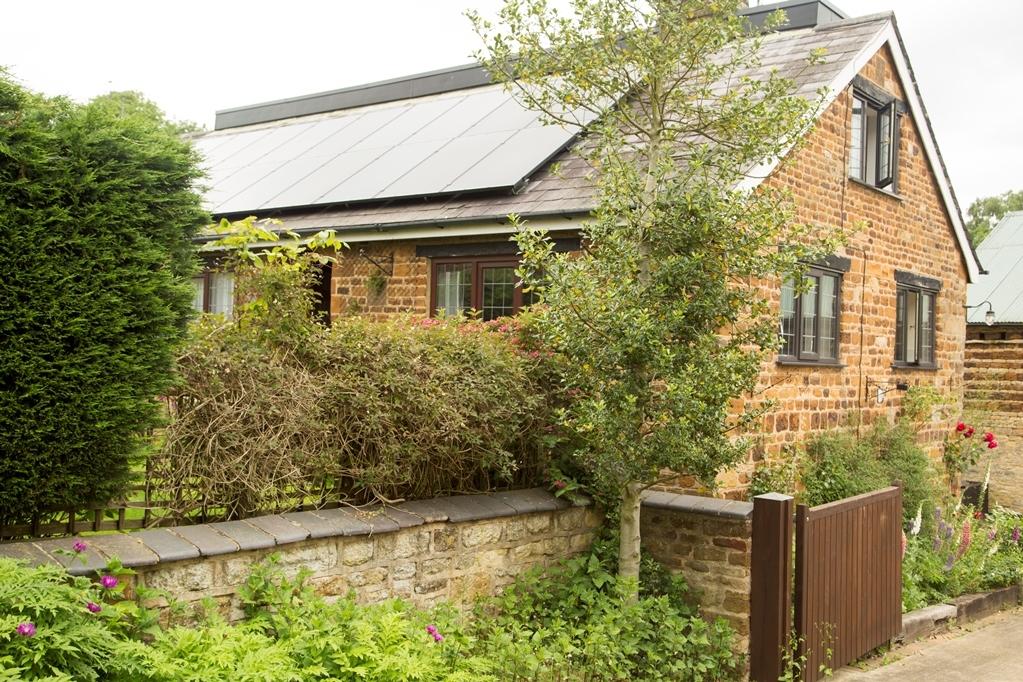The flatlining nature of the U.K. solar market – particularly for large-scale projects – has been highlighted by the latest figures published by the Department for Business, Energy and Industrial Strategy (BEIS), which show only 268.3 MW of new solar capacity was added last year.
The highlights summary on the front of the monthly spreadsheet mentions December saw 3,720 PV installations in the U.K., a figure 62% higher than that recorded a year earlier, and probably driven by the expiry of the FIT regime next month.
However, BEIS’ summary admits all that new solar only added up to 15 MW of new capacity in December, an aggregate monthly figure down 5.8% year on year. And all those small-scale additions added up to just 268 MW of new solar – compared to the 939 MW added in 2017 – to take the U.K. to a cumulative installed capacity of around 13 GW, a figure just 2.1% higher than a year earlier.
And a drill down into the figures illustrates just how dead large-scale solar is in a year which has seen the government seemingly paralysed by the looming specter of Brexit.
One step forward…
There were no solar projects larger than 25 MW in size installed in the final quarter of last month, which should come as little surprise given there haven’t been any for a year now.
The segment for projects of a more modest 5-25 MW capacity showed similar paralysis in December, with only one new project added – only the second in the final quarter of 2018. Curiously, BEIS records no new capacity was added for that segment in the final three months of last year, although that may betray the fact the figures are highly provisional.
The figures for the 50 kW-5 MW capacity segment make similarly grim reading, with only 500 kW of new capacity added in the final quarter, 300 kW of it in December, a month which saw no new projects added as only two came online in the three-month period.
Graphs compiled by BEIS for the progress of solar since the start of 2010 illustrate just how policy dependent U.K. solar has been. Rather than a steady curve, the stepped nature of the industry’s advance illustrates a continual stop-start nature as the policy framework has been tinkered with.
Solar industry stakeholders may try to take solace from the fact the sector is bumping along waiting for the next ‘step’, but the graphic for the latest figures illustrates the current plateau is shallower, and longer, than any previously depicted.
This article was updated on 04/02/19 to reflect only 268.3 MW of new solar was added in the U.K. last year.
This content is protected by copyright and may not be reused. If you want to cooperate with us and would like to reuse some of our content, please contact: editors@pv-magazine.com.




By submitting this form you agree to pv magazine using your data for the purposes of publishing your comment.
Your personal data will only be disclosed or otherwise transmitted to third parties for the purposes of spam filtering or if this is necessary for technical maintenance of the website. Any other transfer to third parties will not take place unless this is justified on the basis of applicable data protection regulations or if pv magazine is legally obliged to do so.
You may revoke this consent at any time with effect for the future, in which case your personal data will be deleted immediately. Otherwise, your data will be deleted if pv magazine has processed your request or the purpose of data storage is fulfilled.
Further information on data privacy can be found in our Data Protection Policy.